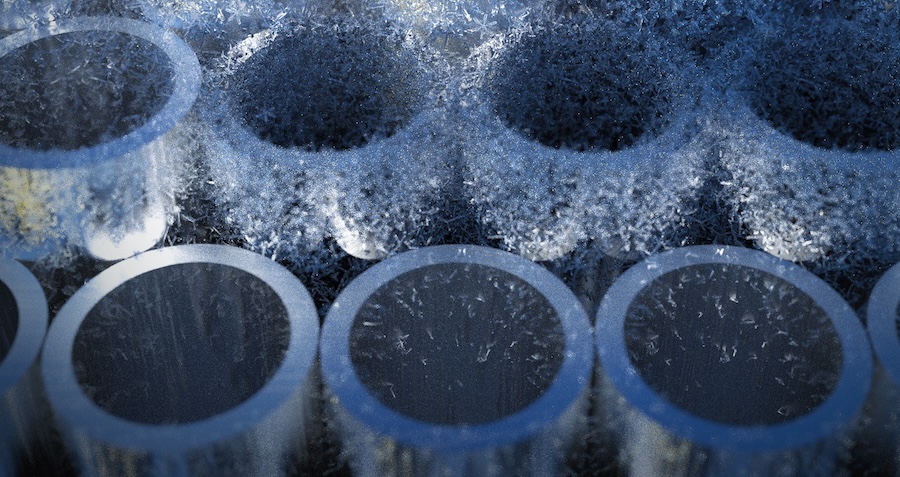When it comes to replacing fossil gas in homes, green hydrogen and heat pumps are often seen as the two main options. But who wins when they go head to head? According to a recent study published in the academic journal Energy Conversion and Management, the answer is clear: heat pumps! The study found that replacing fossil gas with green hydrogen would cost about 2 to 3 times more than replacing it with electric heat pumps. This was true for all 13 scenarios the scientists from ETH Zürich looked at, ranging from the present day to 2040.
Furthermore, the study authors noted that blue hydrogen isn’t even zero carbon or fully sustainable. So, aside from being more expensive (but less expensive than green hydrogen), it’s illogical as a replacement for fossil gas home boilers. Electric heat pumps were the only low-cost, low-environmental damage solutions the study authors could recommend.
This finding is backed up by several other studies from the International Energy Agency (IEA), the University of Manchester, and more than 30 other studies according to Dr. Jan Rosenow, director of European programmes at the Regulatory Assistance Project. No independent studies find hydrogen to be cost competitive, according to Dr. Rosenow’s review of the research.
The conclusion is clear: when it comes to replacing fossil gas in homes, electric heat pumps are the most cost-effective and sustainable option. Not only are they cheaper than green hydrogen, but they also have a much lower environmental impact.
FAQ
Q1. How electric car chargers work?
A1. Electric car chargers work by connecting to an electrical outlet and providing power to the car’s battery. The charger then converts the electricity into a form that the car’s battery can use.
Q2. What electric car has the longest range?
A2. The Tesla Model S has the longest range of any electric car currently on the market, with a range of up to 370 miles on a single charge.
Q3. How electric car batteries are recycled?
A3. Electric car batteries are recycled by breaking them down into their component parts and then separating out the metals, plastics, and other materials for reuse. The metals are melted down and reused in new products, while the plastics and other materials are recycled into new products.






